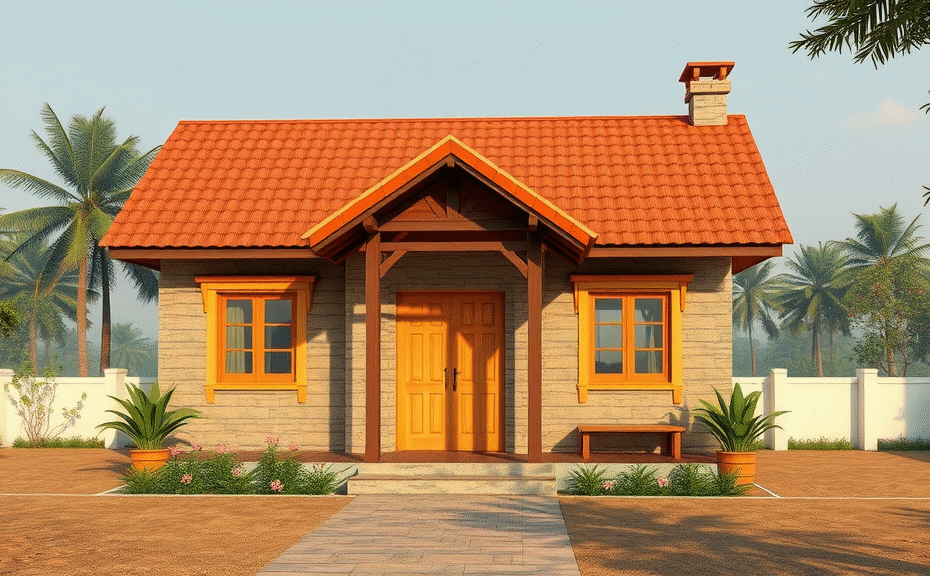Assessing the Viability of Tiny Houses in India
The concept of tiny houses has gained global traction as a sustainable and cost-effective housing solution. When considering whether a tiny house is suitable in India, various factors including cultural preferences, urban density, and economic conditions come into play. India’s rapidly growing population and soaring real estate prices in metro areas make tiny homes a practical alternative for affordable living.
Advantages of Tiny Houses in Indian Context
Tiny houses offer several benefits suited to Indian lifestyles. Primarily, limited space requirements reduce land costs significantly, making home ownership accessible in tier-2 and tier-3 cities. Furthermore, tiny houses promote minimalist living, an appealing concept amid rising concerns over environmental sustainability. Energy-efficient designs in tiny homes can help lower utility bills, fitting well with the need for eco-conscious housing solutions in India.
Challenges Faced by Tiny Houses in India
Despite their advantages, challenges persist. Indian familial norms often emphasize larger homes to accommodate extended families, making tiny houses less attractive in rural and traditional urban settings. Additionally, legal constraints such as zoning laws and building codes may hinder widespread adoption. Access to infrastructure like water, electricity, and sanitation can also be a limiting factor in certain regions.
Key Considerations for Implementing Tiny Houses
- Location: Urban outskirts or affordable towns where land is accessible.
- Design: Incorporating multipurpose furniture to maximize limited space.
- Regulatory Compliance: Ensuring adherence to local building regulations.
- Cultural Adaptation: Customizing layouts to suit Indian family dynamics.
Overall, a tiny house can be suitable in India if thoughtfully planned and adapted to local needs, offering a sustainable alternative to traditional housing challenges.
